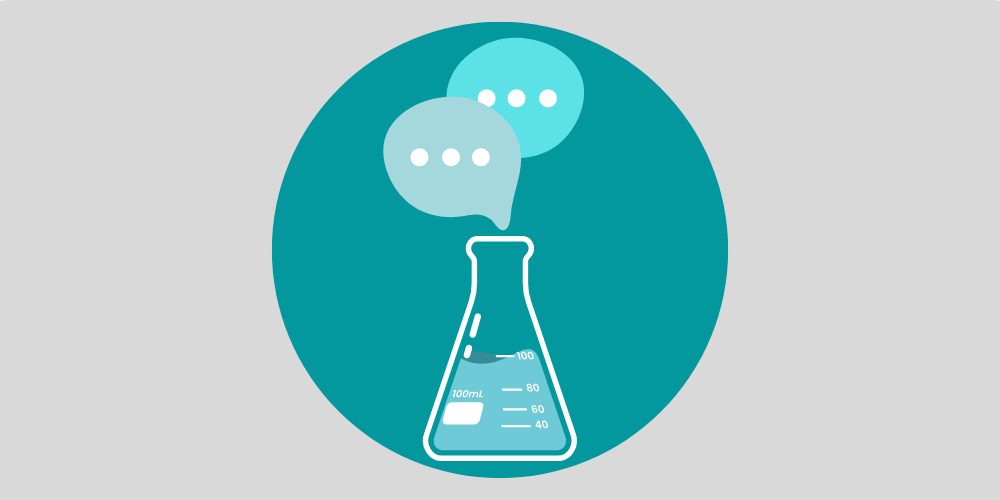Archetypes: ‘The next trend in high-performance B2B marketing’
By David Chapin
The recent webinar, Using archetypes in life science marketing to increase sales and margins, included an interactive discussion led by David Chapin that shed new light on how life science organizations can set themselves apart from the competition and better engage their audiences in a crowded, highly regulated marketplace. In so doing, such organizations will benefit from high-performance marketing that more effectively manages their brands and leads to greater differentiation, pricing power, and profitability.
At the conclusion of his 45-minute remarks, David answered questions from participants:
Q: Can research be useful in revealing or determining an archetype?
A: Certainly. For internal audiences, the first question is whether a natural or pre-existing archetype is part of the current culture. The marketing function should do some research to figure out what the organization’s archetype is currently. For external audiences, research could be helpful in determining if an archetype or propensity towards one is perceived in your current marketing by your audiences. Another way to use research would be to perform message testing on messages that reflect one or more different archetypes. This can help determine which message, and therefore which archetype is most important, believable, and compelling. Another use of research examines competitors’ marketing to determine their archetypes, which can be a helpful guide as you consider choosing one of your own.
Q. Aren’t archetypes primarily used in B2C sectors? How useful are they really for B2B brands?
A. Archetypes are increasingly being used in B2B settings. The benefits include differentiation, alignment, and consistency in messages. Differentiation is particularly important in highly regulated sectors, like the life sciences – since regulatory agencies make it difficult to point to things you do or the way you do them as a clear differentiator. Since archetypes are new, not everyone’s using them, which makes them valuable and gives the early-adopting organization a leg-up on its competitors.
Right now, the trend for high-performing marketing organizations is marketing automation, and it won’t be long until that becomes an expected part of marketing performance. I predict that archetypes will be the next thing organizations turn to as they ramp up their high-performance marketing in the B2B space.
Q. How do archetypes differ from personas?
A. Personas typically describe different buyer personalities and the audience segments to which you’re expressing your messages. One persona might describe a lab director and the typical worldview that lab director might have – which would be very different from another persona, like a C-Suite executive. In contrast, archetypes are a tool – a choice you make – to drive your marketing and your messaging in ways that resonate with those personas.
In addition to Chapter 10 in his new book, Making the Complex Compelling: Creating High Performance Marketing in the Life Sciences, and his series of white papers on the subject of archetypes, David recommended a number of resources:
The Hero and the Outlaw, Margaret Mark & Carol S. Pearson
Archetypes in Branding, Margaret Hartwell & Joshua S. Chen
The Hero with a Thousand Faces, Joseph Campbell







